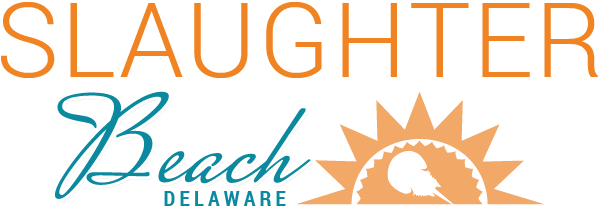Feast on the Beach: The Delaware Bay Horseshoe Crab Shorebird Connection
Date Posted: Monday, April 3rd, 2017Shorebird and horseshoe crab connection highlighted in new film from the Delaware Shorebird Project
Feast on the Beach: The Delaware Bay Horseshoe Crab Shorebird Connection film educates, entertains and encourages ecotourism
The Delaware Shorebird Project today premiered Feast on the Beach: The Delaware Bay Horseshoe Crab Shorebird Connection, a film produced to raise awareness and understanding about the ecological connection between horseshoe crabs and shorebirds migrating through the Delaware Bay area, as well as the researchers who study them. Every spring, hundreds of thousands of migrating shorebirds – including the threatened red knot – pass through Delaware’s central Bayshore region and neighboring New Jersey from areas as far away as southern South America on the way to their summer breeding grounds in the Arctic. The Delaware Bay is a crucial refueling stop, where the birds eat horseshoe crab eggs to build their fat reserves before continuing their journey.
“This new film highlights one of nature’s great partnerships that is unique to Delaware: the meeting of migratory shorebirds and spawning horseshoe crabs on our Delaware Bays beaches each spring,” said Governor Carney. “Possibly the First State’s largest eco-tourism event of the year, the spectacle they present contributes much to Delaware’s conservation economy, drawing scientists, researchers and wildlife watchers from all over the world to visit and enjoy our great state.”
Beginning in early May, hundreds of thousands of horseshoe crabs make their way toward the beaches of the Delaware Bay. At high tide, especially during the new and full moon, the females come ashore to lay a clutch of 2,000 to 4,000 grayish-green eggs. Many of the egg clutches are disturbed by the bay’s wave action or by successive spawning females and come to the surface.
These millions of loose eggs on the bay beaches become a feast for migrating shorebirds, including red knots, ruddy turnstones, semipalmated sandpipers, sanderlings, short-billed dowitchers and dunlins. The birds have already traveled thousands of miles and have lost a great deal of weight. They feed voraciously on the horseshoe crab eggs, regaining as much as four to nine percent of their body weight per day before resuming their migration to the Arctic.
Researchers capture shorebirds, measure and weigh them, and attach a flag with a unique alphanumeric code. The flag’s color signifies the country where the bird was caught. Teams of scientists and volunteers can monitor shorebird numbers and movements around the Delaware Bay and along their migration routes by resighting these flags. Horseshoe crabs are also tagged.
“Each spring, Delaware’s resident horseshoe crabs and visiting migratory shorebirds come together in a natural spectacle on our Bayshore beaches that can be seen nowhere else in the world,” said DNREC Secretary David Small. “The film premiering today will be available to a wide audience so more people can learn about this unique event and its ecological and environmental importance.”
Jean Woods, Ph.D., Curator of Birds and Director of Collections at the Delaware Museum of Natural History, has been part of the Delaware Shorebird Project for 16 years. “As a researcher, I’m privileged to study the shorebirds and horseshoe crabs that come to Delaware Bay, and it’s exciting to share what we do with a broader audience,” Woods said. “We hope to encourage people to come out and experience this phenomenon for themselves – it’s even more impressive in person.”
The Delaware Bay is a major stop on the Atlantic Flyway for spring migrating shorebirds and supports the largest gathering of rufa red knots. Providing and maintaining quality nesting, migration stopover and wintering sites in this region is extremely important for population health and stability of Atlantic Flyway shorebird populations. Actions taken to conserve and monitor shorebirds here have wide-ranging benefits to the flyway. The Delaware Bay is an important link in the Atlantic Flyway Shorebird Initiative, a cross-organizational effort to conserve 15 Atlantic Flyway shorebird species.
The film was produced by Michael Oates of 302 Stories, Inc., who has filmed shorebirds and horseshoe crabs for more than 30 years. He first drew attention to the crisis of overharvesting of horseshoe crabs with his 1999 Emmy-nominated program Dollars on the Beach. His video footage is also a key element in the hugely successful Green Eggs and Sand curriculum, developed by DNREC’s Division of Fish & Wildlife.
